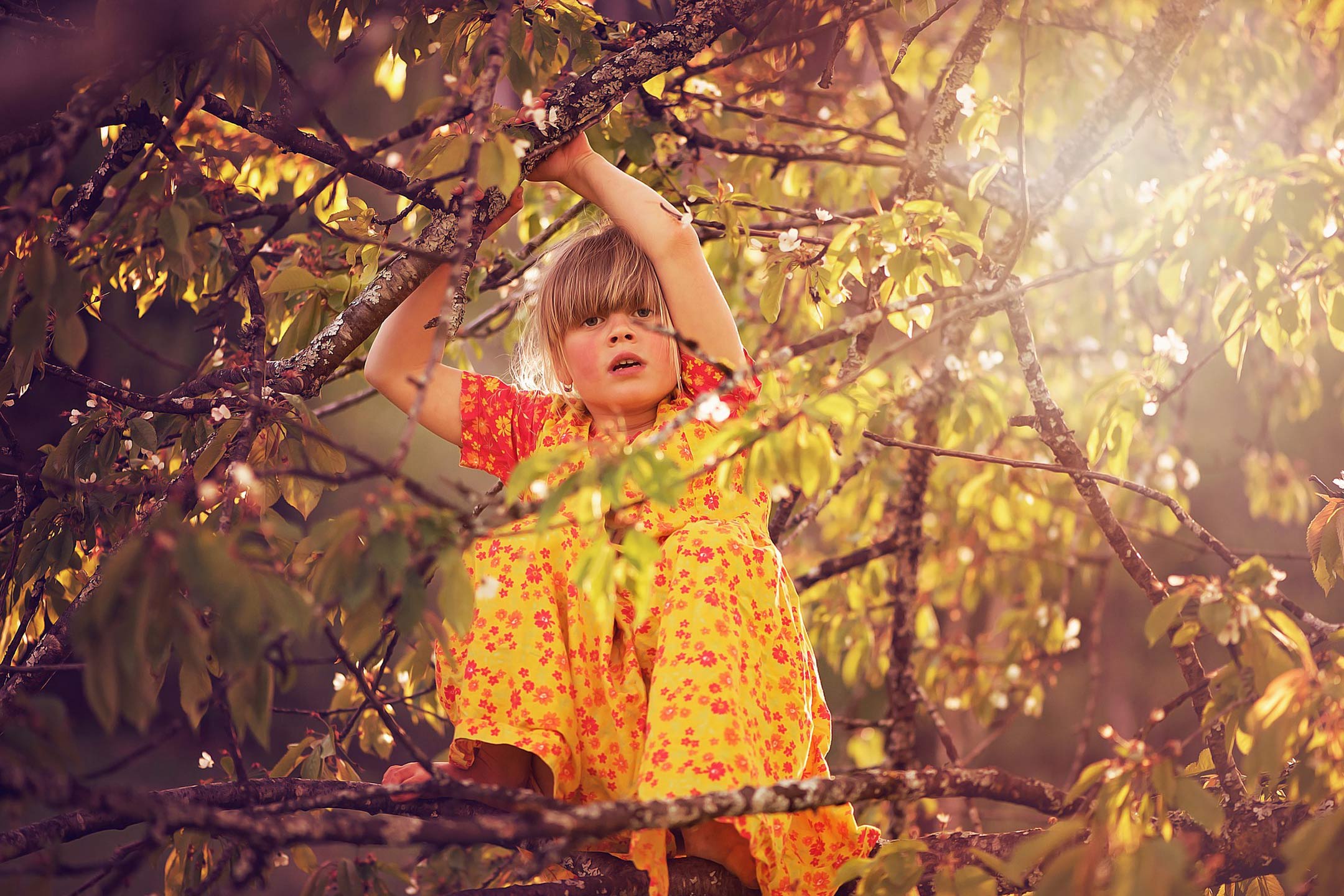
06 Jul How play fosters a healthier relationship with nature
‘Tapping into children’s most instinctive desire to play outside is the greatest opportunity parents have to foster a lifelong connection to nature, and it’s protection,’ writes Lukas Ritson
It’s hard to ignore the urgency of climate change action. As parents, we want to inspire change for our children’s future – we want to act now. That said, one day custodianship of our environment will be in the hands of our children, so creating a connection to nature from an early age is essential.
The challenge children face today is their increasing disconnect with nature caused by the density of housing where they live, lack of natural materials they interact with or limited time spent outside.
So how do we inspire a love of nature in our children from an early age?
As a leading advocate of play, and founder of Wearthy, Lukas Ritson, believes the opportunity to foster a generation of environmentally conscious children exists within play.
Connection with nature creates the arena to think outside ourselves. Caring for nature ultimately means having higher regard for our own existence within it – taking responsibility and ownership in compassionately relating to the environment.
The good news is that as parents, we can influence how children interact with their environment.
Here are a few things you can do to support exploration, celebrate learning and inspire change:
- Celebrate what matters: Children need nature to learn and grow. However, what is the message we are sending to them if the environments and toys we give them are full of plastic, rubber and disposable rubbish? Instead, celebrate the dirt, mud, sand and water that bind play and learning together. Engage in arts and crafts in the home around recycling, and create open-ended learning experiences that go for days and weeks.
- Commit to sit (intentionally and actively): Actively sit, in your environment, with children and just be there to play. When a child’s needs are being met and they feel supported, it helps the child to value what supports them: a tree they can climb, a bush they can disappear into, a stick they can swing or an adventure with friends. These all contribute to how they value their environment and the people within it.
- Grow your resources: Create an environment that we wish we had ourselves as children. Ask yourself: what do children need to grow? And take action on that answer. It might be a positive relationship, room to move or space to stretch in the environment we create and plan. How are you growing?
Engaging children in these conversations is about understanding the importance of social, developmental and environmental sustainability, and instilling respect and love of the environment, thereby fostering a want to protect the place they love.
To hear more play advice from Lukas, and a stellar line up of parenting experts from Australia and across the globe, be sure to tune into the Play It Forward Podcast

